Akaso Brave 7 review: a feature-rich action cam you don't need to be rich to afford
It may not have all the prowess of that big-name brand action camera, but the Akaso Brave 7 is loaded with features that more than make it worth your money
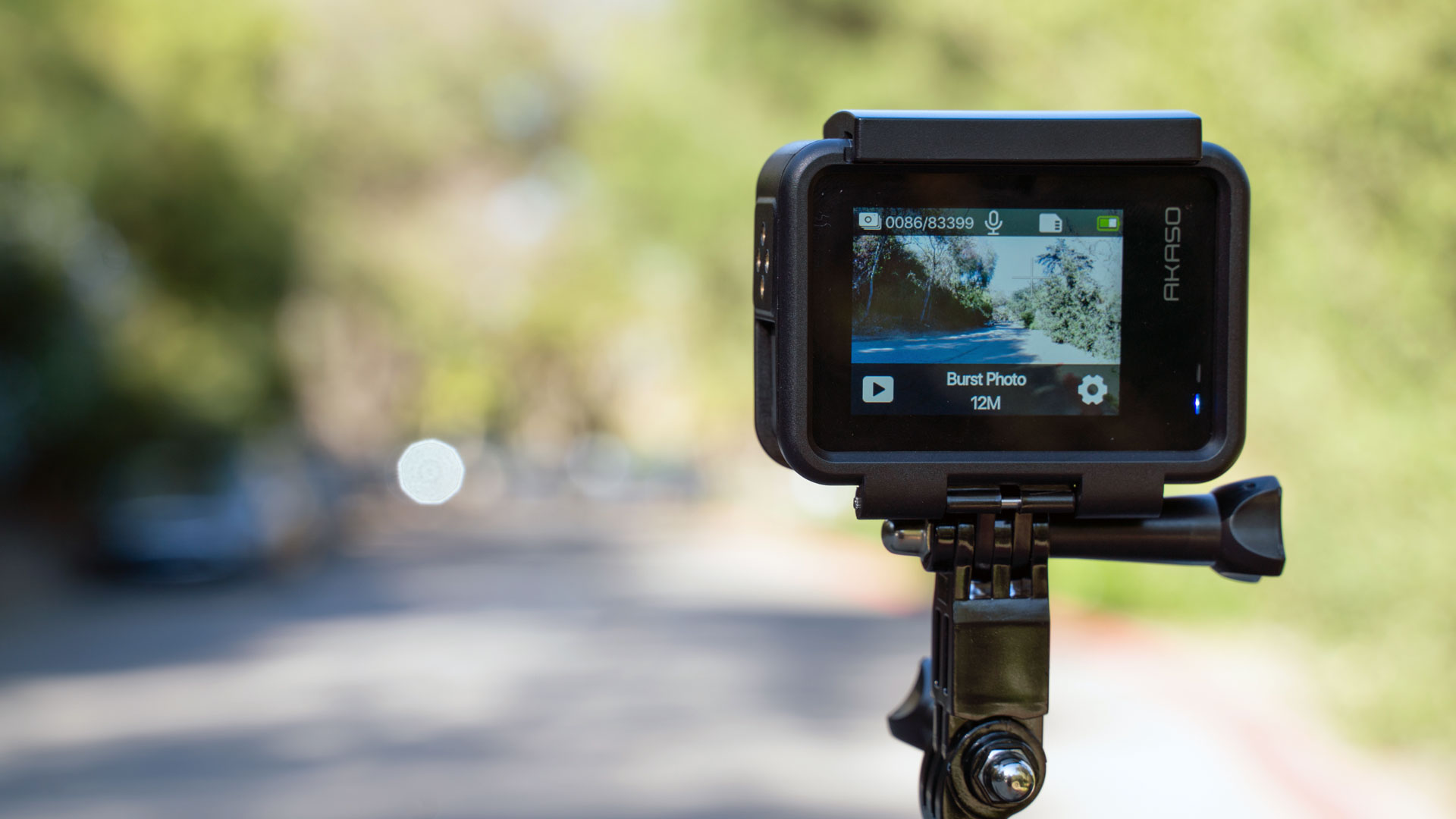
It can't compete with a GoPro, but anyone who simply needs a waterproof action camera with 4K recording capabilities, the Akaso Brave 7's features and price point are sure to impress.
-
+
Affordable and easy to use
-
+
Comes with remote control and voice control
-
+
Up to 4K 30FPS video recording
-
-
Touchscreen not very responsive
-
-
Image stabilization is not amazing
-
-
Short battery life
Why you can trust T3

Welcome to T3's Akaso Brave 7 review. This action camera hits a market teeming with cheap options – you need only go on Amazon to find a surplus of options, each one cheaper than the last, every single one reminiscent of the GoPro's early models from years back. You know, the ones that needed a pesky separate waterproof case to function underwater.
With these bargain-basement options on offer, you'd be forgiven to skip the Akaso Brave 7. After all, with an RRP of USD$159.99, it sits at a slightly higher price range – albeit still much more affordable than offerings from GoPro and DJI. Amongst the best budget action cameras, this courageous contender from the Chinese company isn't the cheapest, but it's absolutely one of the best GoPro alternatives we've found.
The Akaso Brave 7 is teeming with a surprising number of features, including a fully waterproofed body that won't require the assistance of a case to go 33 feet deep for 30 minutes, and a number of photo and video shooting modes to satisfy even the more experienced shooters, the Akaso Brave 7 simply beats the rest. It may not have all the fancy trimmings of a GoPro Hero, but it definitely delivers where it matters. Read on for our full Akaso Brave 7 review.
Akaso Brave 7 review: release date and price
A follow-up to the Akaso Brave 6, the Brave 7 hit the shelves in December 2020 touting an affordable price of $159.99. Unlike the slightly cheaper Akaso Brave 7 LE, which launched earlier in 2020, the Brave 7 is currently only available to in the US, on the Akaso site. The currently flagship in the range is the Akaso Brave 8 (launched autumn 2021), but we weren't hugely impressed with that one.
Though not quite the cheapest option on hand, the Akaso Brave 7 feels like a bargain, especially next to the GoPro Hero 8 Black, which is twice the price at £279.98/$299.98 – let alone the GoPro Hero 9 Black. Granted, you're missing out on GoPro's special features like HyperSmooth stabilisation and improved HDP, but if you don't find those extras necessary, the Brave 7 is definitely the wiser choice.
Sitting somewhat in the same price range is the DJI Osmo Action, which has dropped its price down to a more accessible level. It's only a little more expensive than the Brave 7 while touting more advanced features. If your budget is flexible, it's worth considering as it outguns the GoPro Hero range.
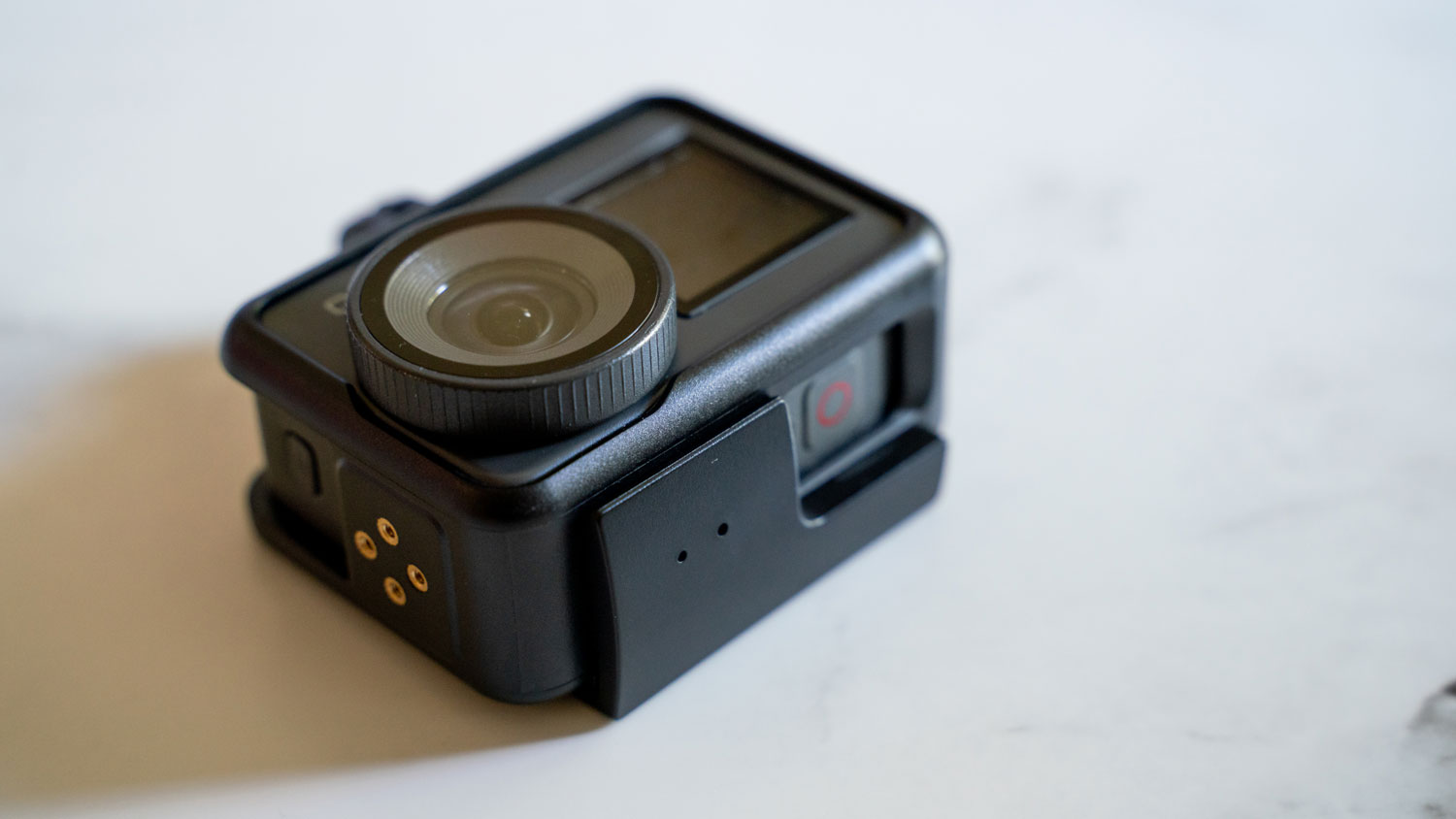
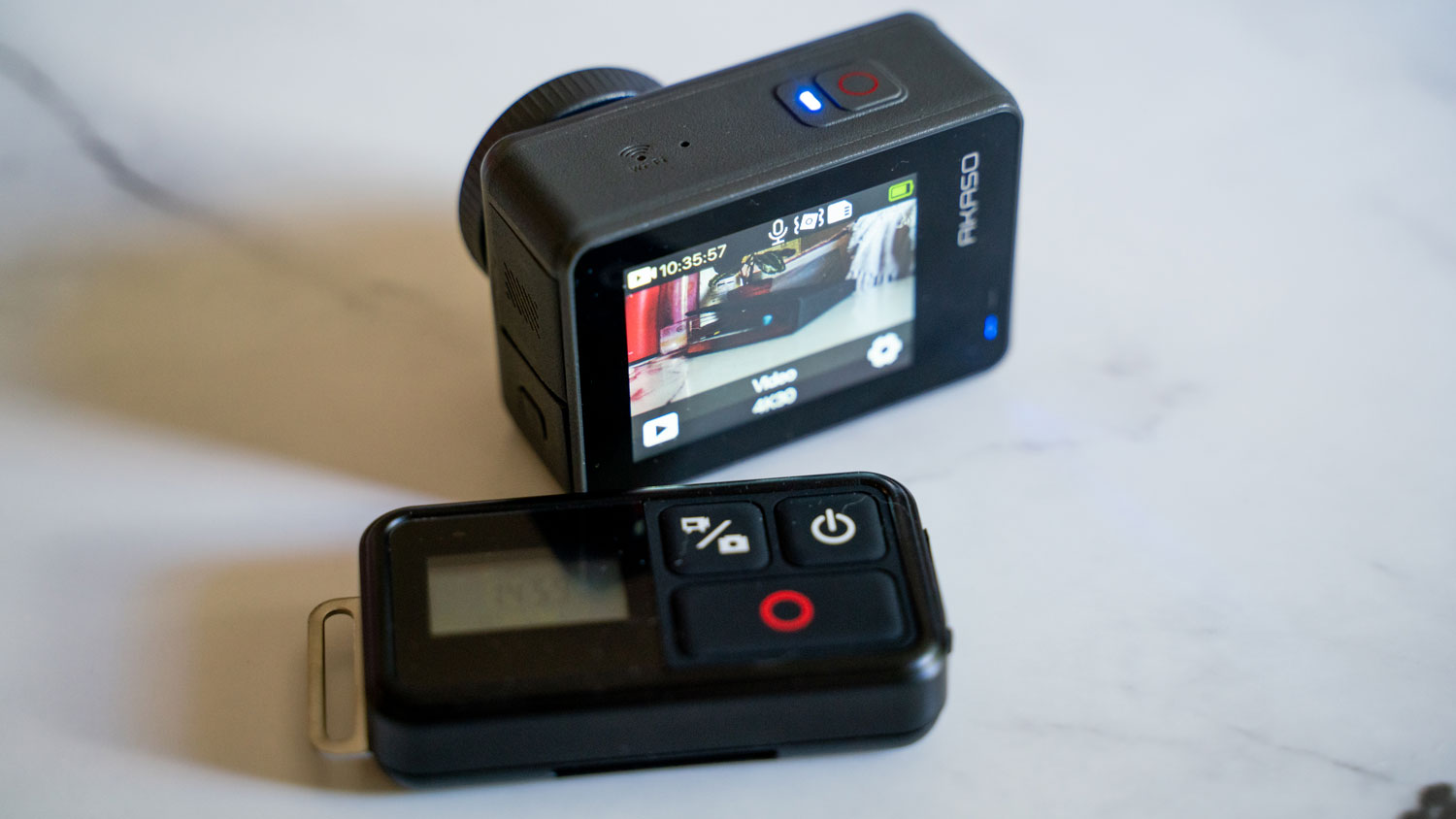
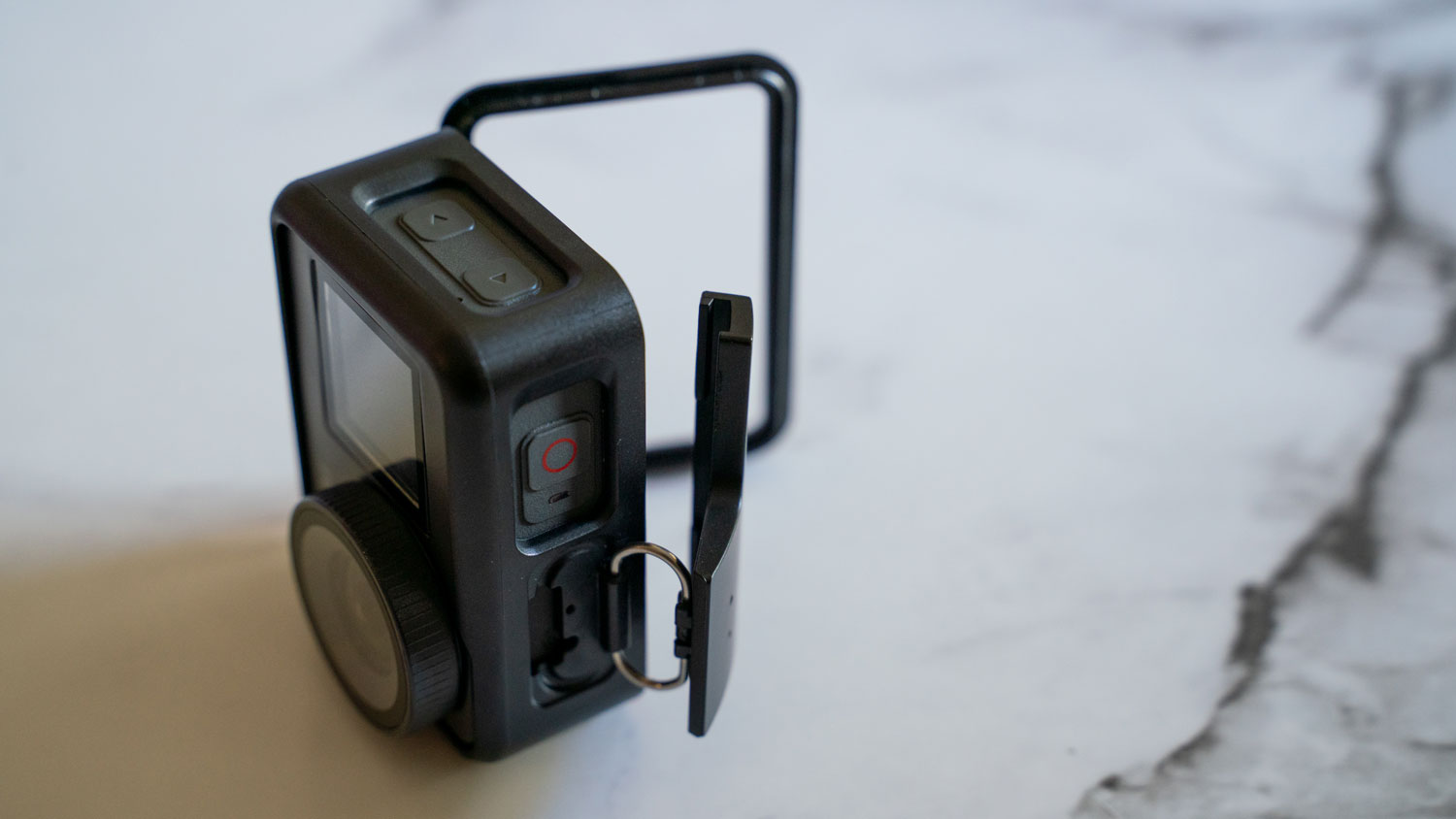
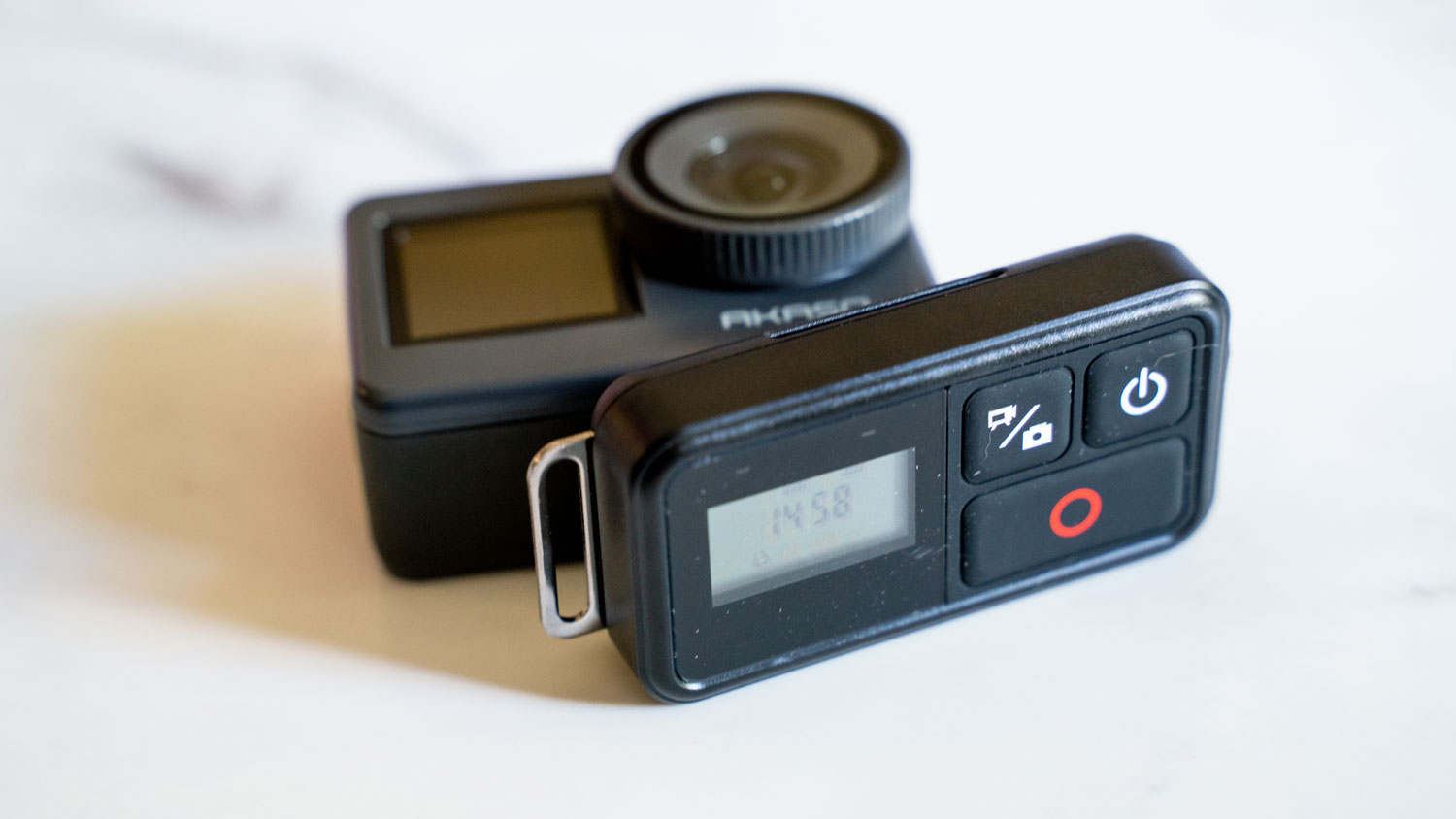
Akaso Brave 7 review: design and features
The Akaso Brave 7 boasts some premium design aspects. There's a rubberized finish that's finely textured at the sides, perhaps for better grip, a water-resistance rating of IPX8, and two screens the front of which is a boon for vloggers and video selfies. Both the microSD card and the battery compartments have doors that are both easy to pop open and impressively water-tight. Meanwhile, the side buttons and the power button are both easy to feel around for and to press.
For underwater use, the Brave 7 is able to operate while submerged in up to 33 feet or 10 meters of water for 30 minutes. That's without needing a waterproof case, much like the current GoPros. This alone makes it a better investment than most cheaper action cameras that either require a waterproof case or can only operate in shallow depth.
Sadly, there are also a couple things that Akaso could have done better. For one, the power button isn't instantaneous. To turn the device on, you must hold down the power button for at least a second, which means that there's a big chance you'll miss fleeting moments if you have it turned off.
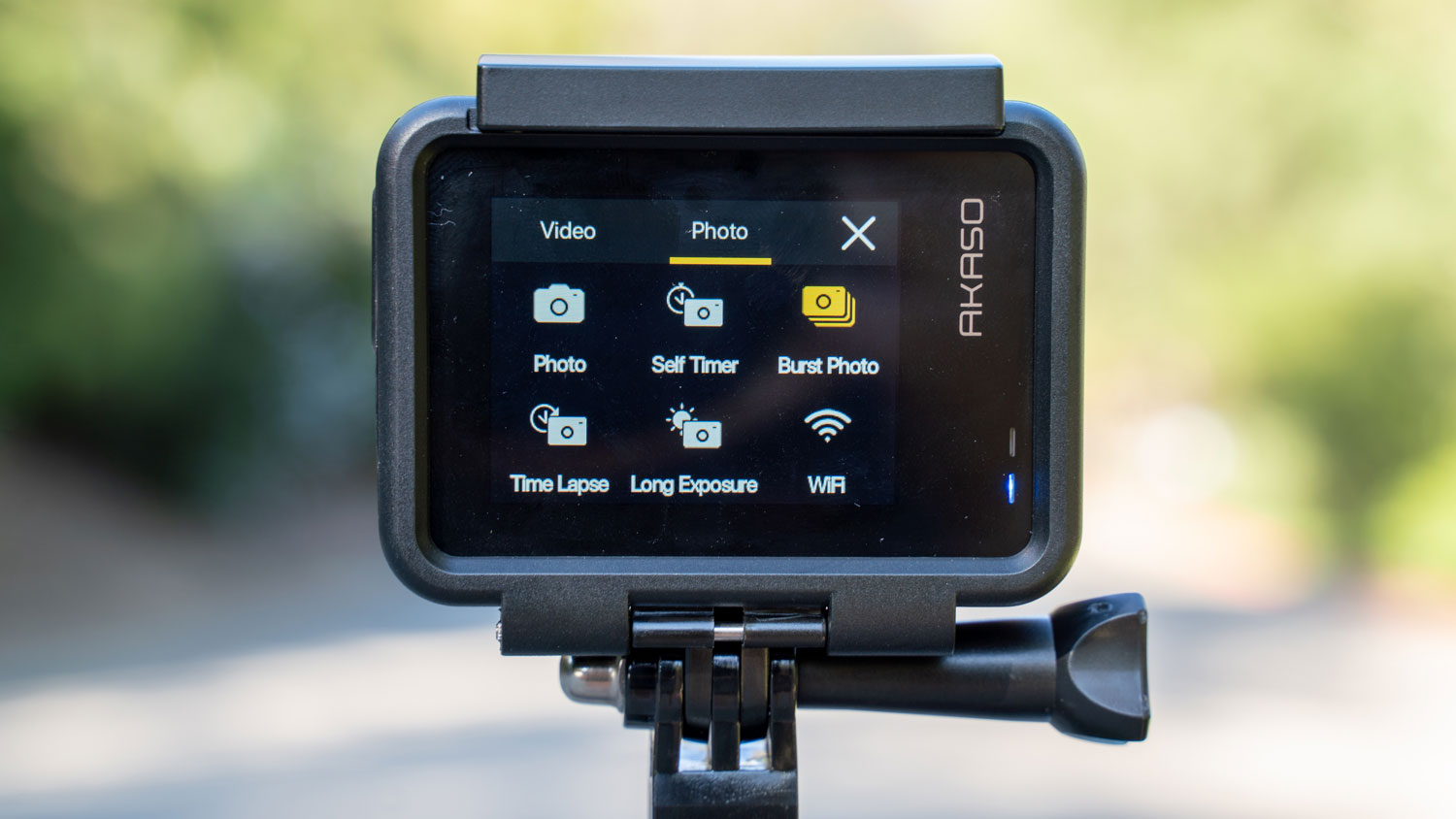
Of course, you can leave the device on, but you'll also be draining that battery. Luckily, Akaso included two, and while their longevity is nothing to write home about, each has lasted a decent hour and thirty of continuous 4K video recording. When one runs out of juice, you simply swap it out for the other. It's a good idea then to keep both fully charged before setting out for the day.
Even if you do deplete both batteries before your day is over, the fact that the charger is incredibly portable and uses a USB port is a terrific failsafe. It means that you can charge on the go.
The displays are another source of disappointment here. The 1.2-inch front screen and the 2-inch rear screen are both painfully dull and hard to see in full sunlight. They won't do justice to the actual images, which means you'll have to use a bit of your imagination especially when you're taking stills and are trying to adjust things like metering and white balance.
The rear touch screen is responsive enough, but it isn't the most intuitive. For example, when you're trying to press the back symbol to go back to the gallery when you're looking at individual images, it sometimes interprets it as you trying to press the previous symbol and takes you to the previous image.
Luckily, the menu itself is beautifully simple, intuitive, and easy to navigate. Many camera manufacturers, action camera manufacturers included, make their menus overly complex, even those on models designed for novice users. We've tested and used many cameras from different manufacturers, and it usually takes us a bit of time to familiarise ourselves with the different menus.
That certainly wasn't the case here, which is honestly refreshing. Even the least camera savvy individuals will find the Brave 7's menu a breeze to use. That's less time worrying about how to choose the right shooting mode or where to adjust certain settings, and more time just focusing on the creative process.
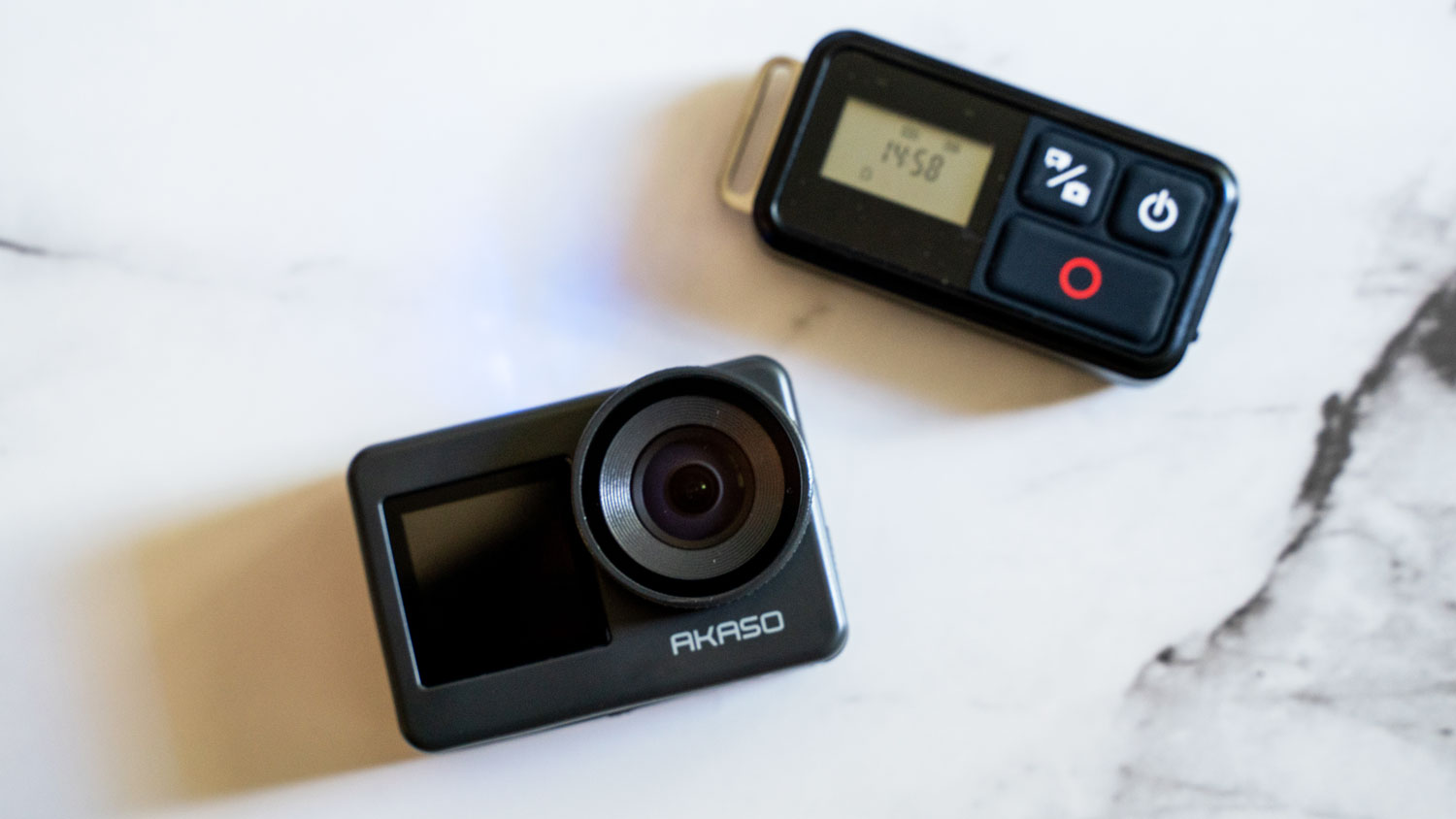
Included is a remote control, which is also rechargeable via microUSB, for when the device is mounted a little out of your reach or if you want to utilize a tripod. It's got an impressive range – I've tested it at up to 6 meters away without obstructions, and it works beautifully. It will certainly come in handy if you have your Brave 7 mounted on your helmet, and you don't want to feel around up there and mess up the positioning, or if you're travelling solo and are mostly reliant on your tripod for photos and videos with you in them.
We only wish that the mobile app, Akaso Go, worked better. Not only will you have to go through the process of connecting the device every single time, instead of it just connecting automatically after the initial setup, but there's a second-long lag as well in the preview. It's a bit of a pain to use, and only very rarely worth using. We wouldn't even bother with the voice control. Although the idea is compelling, the execution could have been better. You have to pretty much place the device an inch or less away from your mouth for it to work. Anything farther, and you're better off just controlling the device with your fingers.
Unlike its pricier rivals, the Brave 7 also comes with a plethora of mounts, straps and tethers. In fact, it's got everything most people will ever need included, which is something budget-minded buyers will appreciate as they won't have to pay extra for accessories. There's even a lens cloth. These accessories are pretty reliable as well. They're perhaps not the top-most quality, but they'll certainly get the job done.
Akaso Brave 7 review: audio and video
As an action camera, the Akaso Brave 7 certainly delivers, offering video recording of up to 4K at 30fps and delivering a clear, sharp image quality that‘s more than good enough for vlogs, let alone regular users seeking to record their family vacations and life events. Those who want lower resolution footage will also appreciate the fact that they have 2K, 1080p and 720p options at different frame rates.
Apart from the wide variety of resolutions and frame rates, there are four additional video shooting modes: slow motion, timelapse, still photo and driving mode. The first two, which may be further tweaked in the settings so that you set the number of frames per second or set the interval and duration according to your preference, are pretty self-explanatory. The last two may be unfamiliar to a lot of users.
Essentially, the driving mode will turn the Brave 7 on automatically when you start your car if you have it connected to your car's cigarette lighter, taking the role of a dash cam. The still photo mode, on the other hand, will tell the camera to take still photos at specific intervals while it's recording video footage. Both are pretty nifty additions, and something I'm sure a lot of us will find useful.
Sadly, you probably won't love the still images taken by the Brave 7. While it does give you up to 20MP resolution photos, the metering is way off. It doesn't really matter whether you're using the center, average or spot metering; it's never going to be as good as your smartphone's camera capabilities. That's even if you tweak the exposure compensation that lets you go up or down two stops. Even the white balance is not very good when it's set on auto – though at least you can select from five presets so you can choose the most appropriate one.
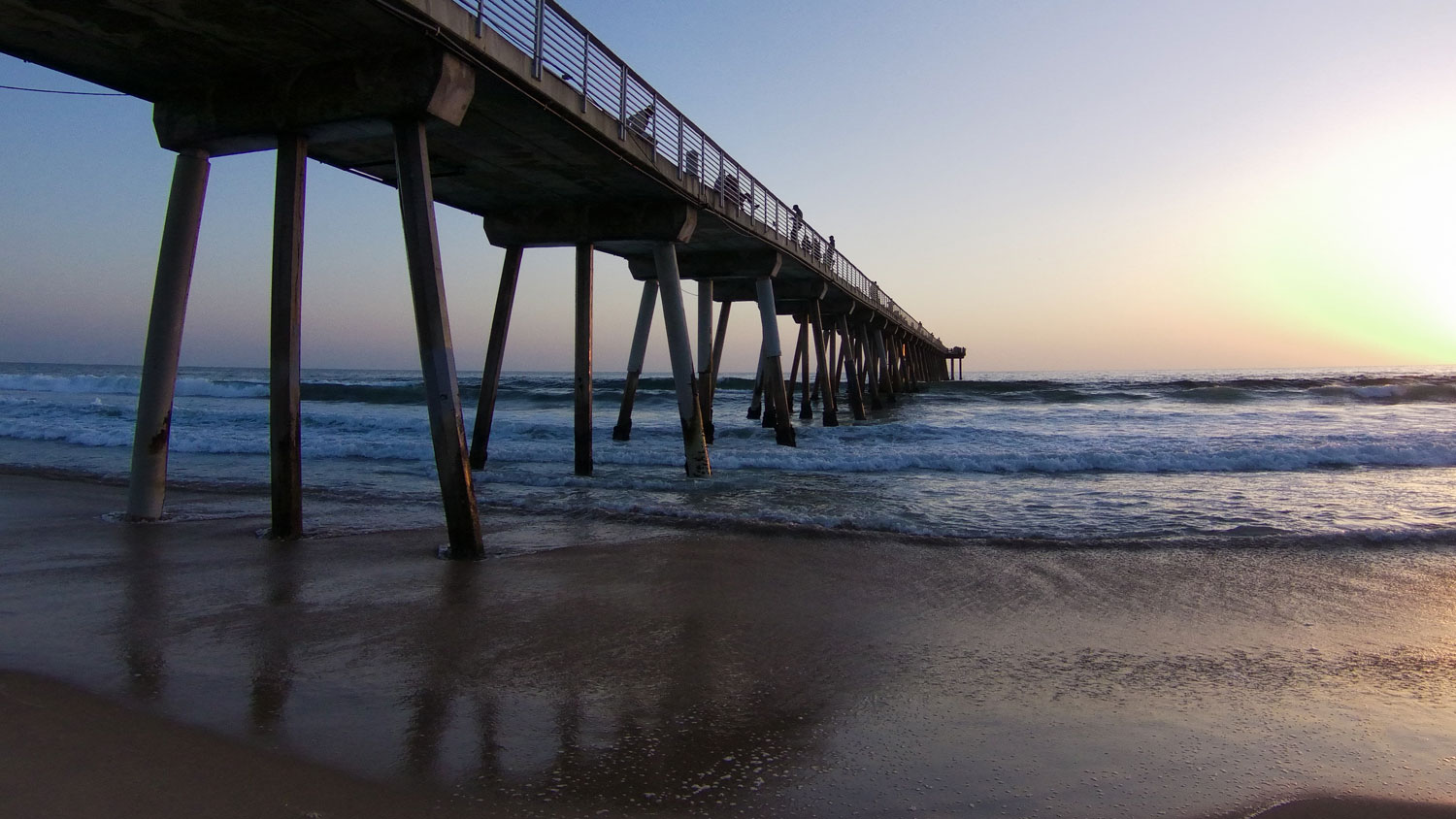
We'd stick with your iPhone or Android phone, if we were you. Trust us; you'll be happier with those images.
What we do appreciate about the Brave's still photography capabilities are its modes. Besides the single-shot mode, it has a self-timer mode, burst mode, timelapse, and long exposure. Settings may be tweaked for these to an extent. For example, you can set it to take up to 15 shots per second on burst mode or leave the shutter open for up to 60 seconds for long exposures. Yet again, in terms of features, Akaso has made sure that the Brave 7 is teeming with them.
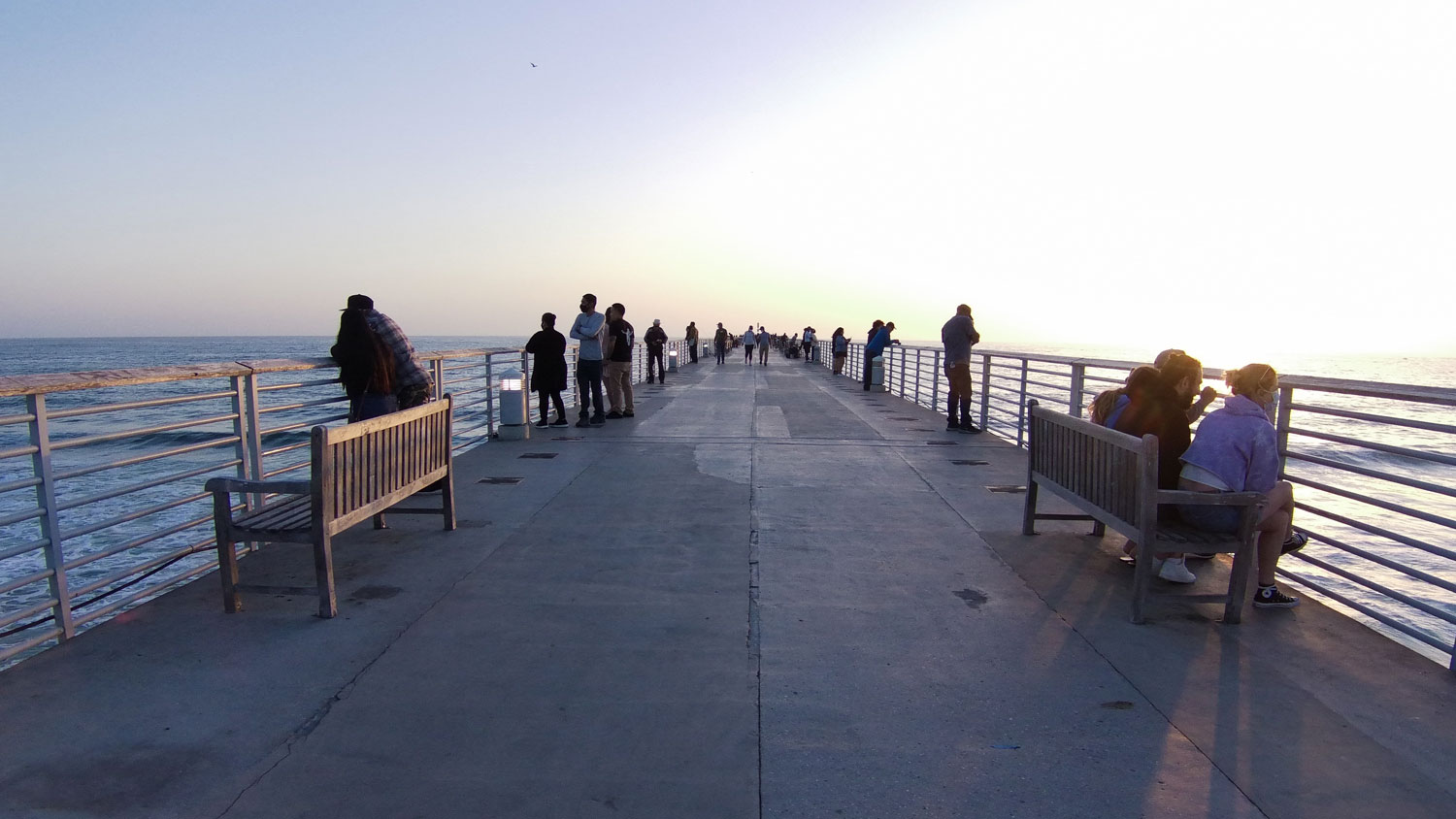
The three video/audio features that are worth a deeper dive, however, are its image stabilization, wind noise reduction, and distortion calibration. The first two are things that the pricier GoPro Hero cameras really do well, especially with that HyperSmooth stabilisation that makes even the most rugged roads feel newly paved.
Sadly, we can't say the same about the Brave 7's image stabilisation. It's not fair to compare, we know, but we've noticed that it doesn't even measure up to that of our iPhone 11's. You'll see even the more minor cracks on the road affect the video quality – you'll actually see vibration waves on the video. Forget about larger cracks and potholes. As far as the wind noise reduction, it's not bad, but the camera also does little to minimize it.
The good news is that unless you're a professional content creator, having super smooth image stabilization isn't really necessary. Same can be said about the wind noise factor, especially if you don't really plan on going somewhere very windy.
On the other hand, the distortion calibration feature whose job it is to minimize image distortion does a surprisingly great job. For better or worse, action cameras' super wide angle lenses suffer from that fisheye look. And, while fisheye does have its charms, especially when you're shooting underwater videos, there are situations when it's just flat out unflattering. So, if you come across such situations, simply toggle this setting on.
Akaso Brave 7 review: specs
Video: 4K30, 2.7K30, 2K60, 2K30, 1080P90, and more
Photo: 20MP, 16MP, 12MP, 10MP, 8MP, 5MP
Burst: up to 12MP at 3 to 15 shots per second
Time Lapse Video: 0.2, 0.3, 0.5, 1, 2, 5, 10, 30, 60 second intervals
Timewarp Video: None
Night Photo: 2, 5, 10, 30, 60 second exposure times
Waterproofing: 10 meters or 33 feet without the case
Touchscreen: 2" rear LCD
GPS: None
Voice Control: Yes
Stabilisation: Electronic image stabilisation
HDR: None
Live streaming: No
Other: Driving, Self Timer and Still Photo modes included
Akaso Brave 7 review: verdict
You can either spend less on a bargain-basement action cam, or you can spend just a little more to get more. The beauty of the Akaso Brave 7 is that it keeps things very accessible in the price department while maximising on features, many of which you won't find in its cheaper rivals. That includes a waterproof body, up to 4K at 30fps video recording, touchscreen and voice controls, and a remote control – not to mention, a nice selection of photo and video shooting modes.
It's exactly why we love this under £200/$200 offering. It may not have the special prowess that GoPro's Hero line has or the advanced settings that DJI's Osmo Action offers to expert shooters, but that's not really what it's trying to do. The more you spend time with this action cam, the more you'll realize it was never really meant to.
Instead, the Akaso Brave 7 is meant to be an affordable contender that offers some premium features to users who either don't want or don't really need some fancy image stabilisation or more than 50 shutter speed settings. As such, it's more than lived up to expectations.
Sign up to the T3 newsletter for smarter living straight to your inbox
Get all the latest news, reviews, deals and buying guides on gorgeous tech, home and active products from the T3 experts
Michelle Rae Uy is a tech and travel journalist, editor and photographer with a bad case of wanderlust. She is a regular contributor for IGN, TechRadar and Business Insider, and has contributed to Thrillist, Paste Magazine, Nylon, Fodor's and Steve's Digicams. Living mainly in California with her adorable cats, she splits her time between Los Angeles, London and the rest of the world.
-
 Polar’s new subscription feature lands in the shadow of Garmin’s Connect+ rollout
Polar’s new subscription feature lands in the shadow of Garmin’s Connect+ rolloutPR genius or timing disaster? Polar’s new Fitness Programme adds adaptive training to its ecosystem
By Matt Kollat Published
-
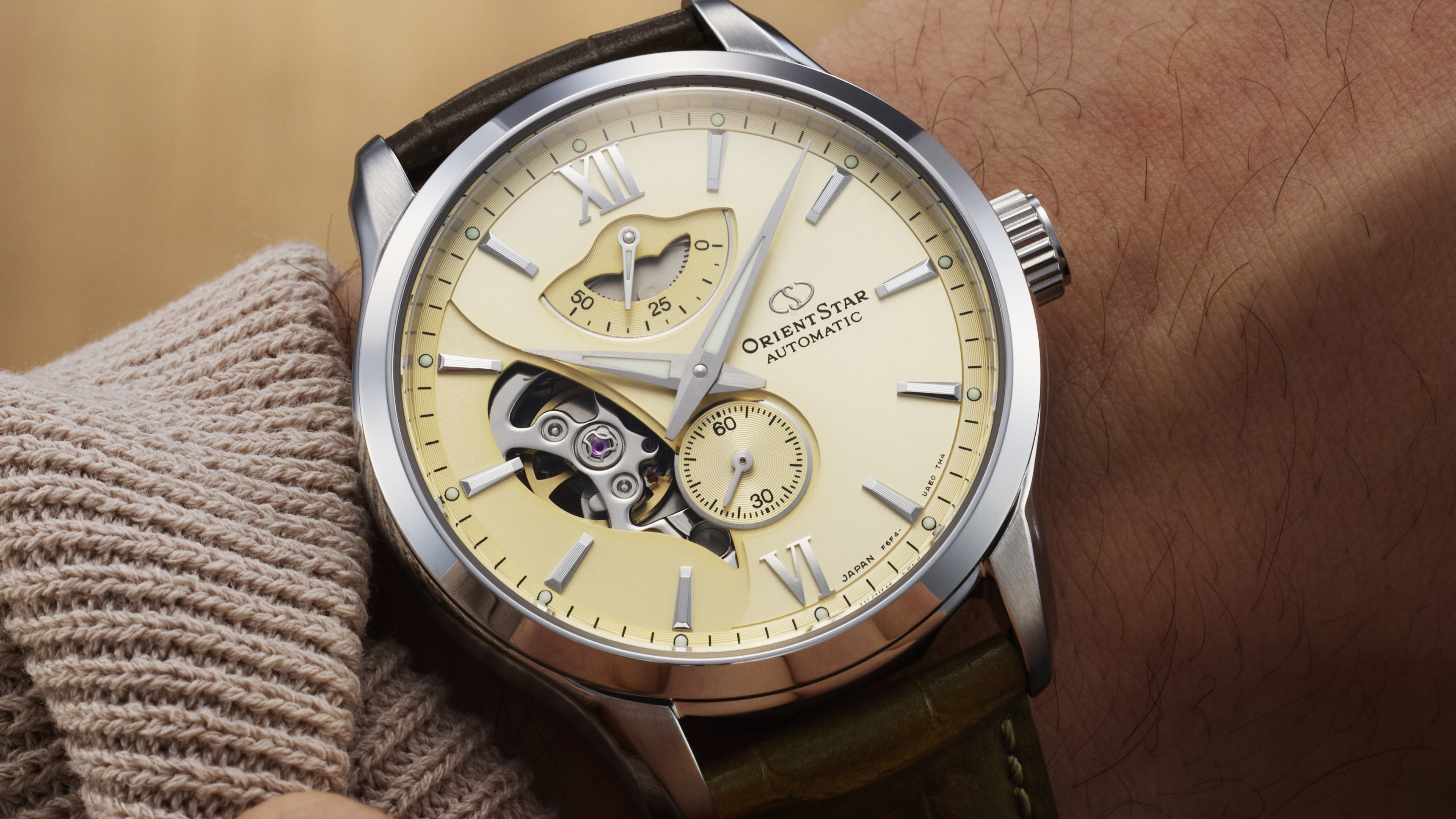 New Orient Star watches offer a glimpse of the magic within
New Orient Star watches offer a glimpse of the magic withinThere are two new skeleton pieces
By Sam Cross Published
-
 Netflix's most surprising 100%-rated sci-fi series returns with gorgeous trailer
Netflix's most surprising 100%-rated sci-fi series returns with gorgeous trailerLove Death + Robots is back for more
By Max Freeman-Mills Published